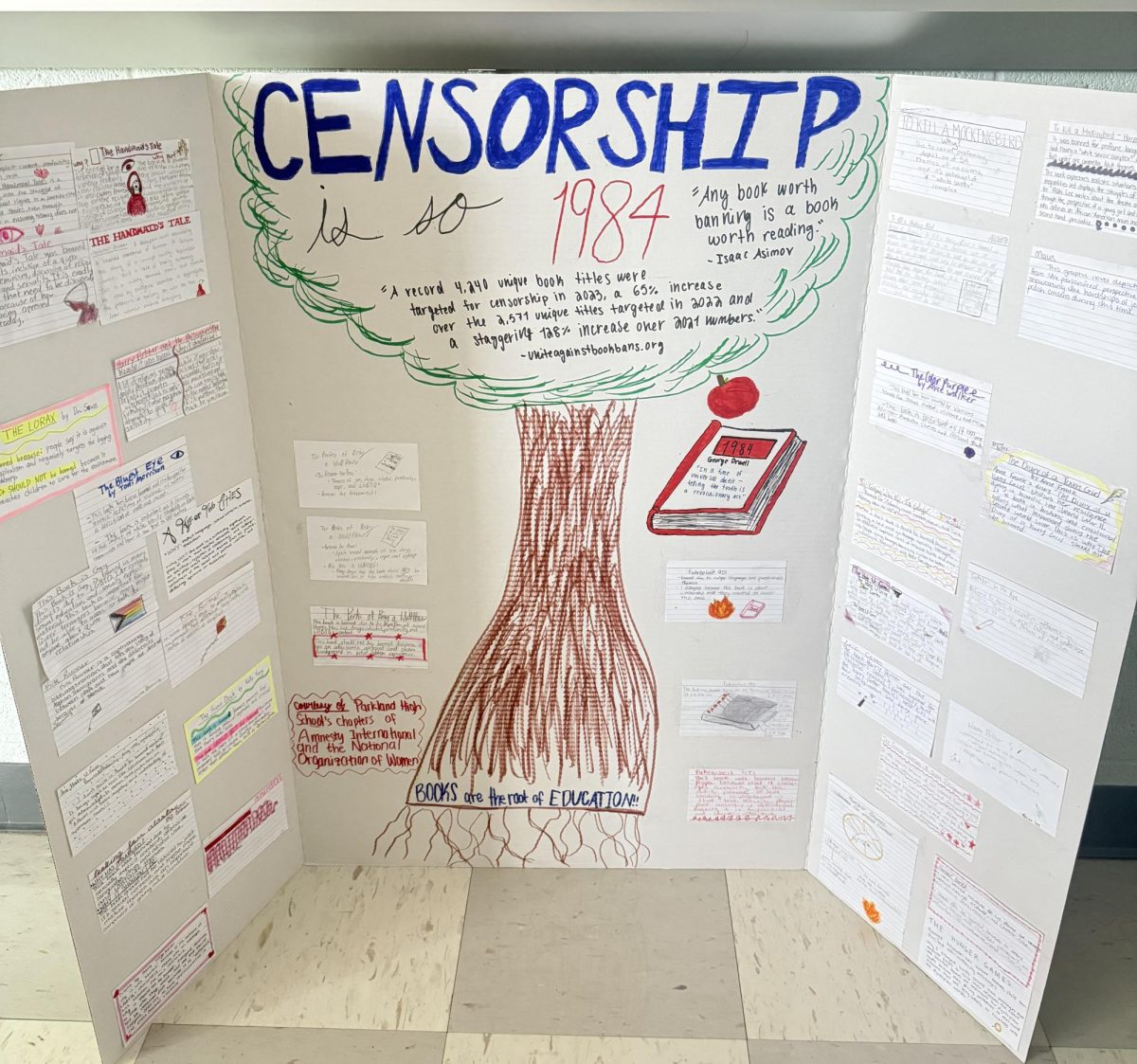President Donald J. Trump had been out of the public eye for around a week in late August to early September 2025. This led to speculation of the president’s health, as he’d previously been diagnosed with chronic venous insufficiency (CVI), causing swelling in his legs, alongside bruising of his hands. His unprompted absence came with its fair share of rumors; some even speculating his death. This is just one of many recent examples of misinformation going viral on the internet. Speculations and misinformation such as this is some of the internet’s most harmful content.
In the day and age where most teens and young adults carry a pocket sized computer everywhere they go, the internet has become implanted into our everyday lives. From cute babies, to controversial celebrities, one unavoidable topic as you scroll through your ‘for you’ page is news. News is all around us- even if it’s no longer the rolled up paper tossed onto our front porch. According to a study by Pew Research Center in 2024, 86% of adults say they get at least some news from their smartphones, computer, or tablet, 57% going as far as saying they do so often.
While there are many reputable journalists that have ditched the paper for a more up to date URL, not many consumers are regularly frequenting sites created specifically for news distribution. According to the BBC, 54% of people get news from platforms such as Facebook, X, and Youtube, among others. While many credible news outlets have joined social media, a large portion of news found on social media comes from influencers and average citizens. This content, unlike the press, has not been edited, peer reviewed for bias, and more often than not, comes without backed evidence for the information being presented.
With the world around us digitalising more with every passing day, fake news is becoming more of an epidemic than ever. How can a person stay up to date with the world around them, while combating faulty information? One sure fire way to stay away from fake news is using reputable sources. Doing personal research to find reputable news sources is a simple, quick task to ensure the news you are consuming has no bias. This being said, not all news from social media is ‘incorrect’ or ‘harmful’. Most information found on social media can be fact checked with a simple Google search. Finding multiple sources that make the same statement can prove it factual.
Fake news- whether it be posted for money, attention, or entertainment- can be harmful for a plethora of reasons. Nonfactual news can harm the reputation of those involved. Doctored statistics, photos, and quotes can create a faulty image of those referenced- positive or negative. Fake news can also mislead the public. For example, in 2018, a fake coupon promising free Starbucks drinks for African American customers became widely circulated on the internet causing confusion among customers and staff alike.
When it comes to staying informed, just a small effort can ensure the information you are consuming and sharing is truthful.










